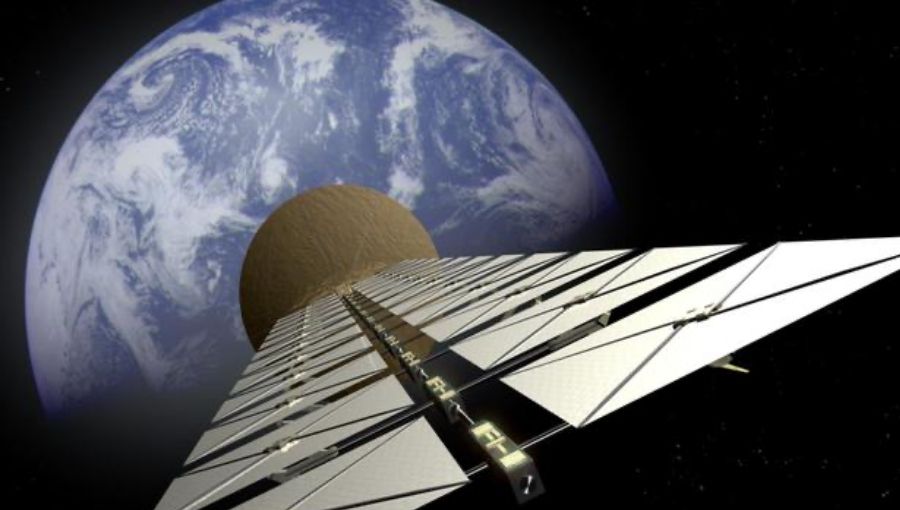China is taking a major step in space-based solar power by planning a massive orbital solar station with arrays spanning 1 kilometer (0.6 miles) in width. Led by senior rocket scientist Long Lehao, this ambitious project is likened to moving the Three Gorges Dam into space, potentially generating energy equivalent to the total amount of oil extracted from Earth in a year.
The station will be placed in geostationary orbit (36,000 km above Earth) to ensure continuous sunlight exposure, eliminating weather disruptions and night-time energy loss. Power will be transmitted back to Earth via microwaves, revolutionizing energy supply.
To achieve this goal, China is developing the Long March-9 (CZ-9), a super-heavy-lift reusable rocket capable of carrying over 150 tons to orbit, surpassing NASA’s most powerful rockets.
China has already made significant progress in space solar technology. In 2021, the country launched its first experimental space solar power station in Bishan. In 2023, researchers successfully tested the Chasing Sun Project, a ground-based system for space solar power transmission.
While other nations like the U.S. and U.K. are also exploring this technology, China’s bold vision and rapid advancements could make it a leader in space-based solar energy, potentially transforming the global energy landscape in the coming decades.

